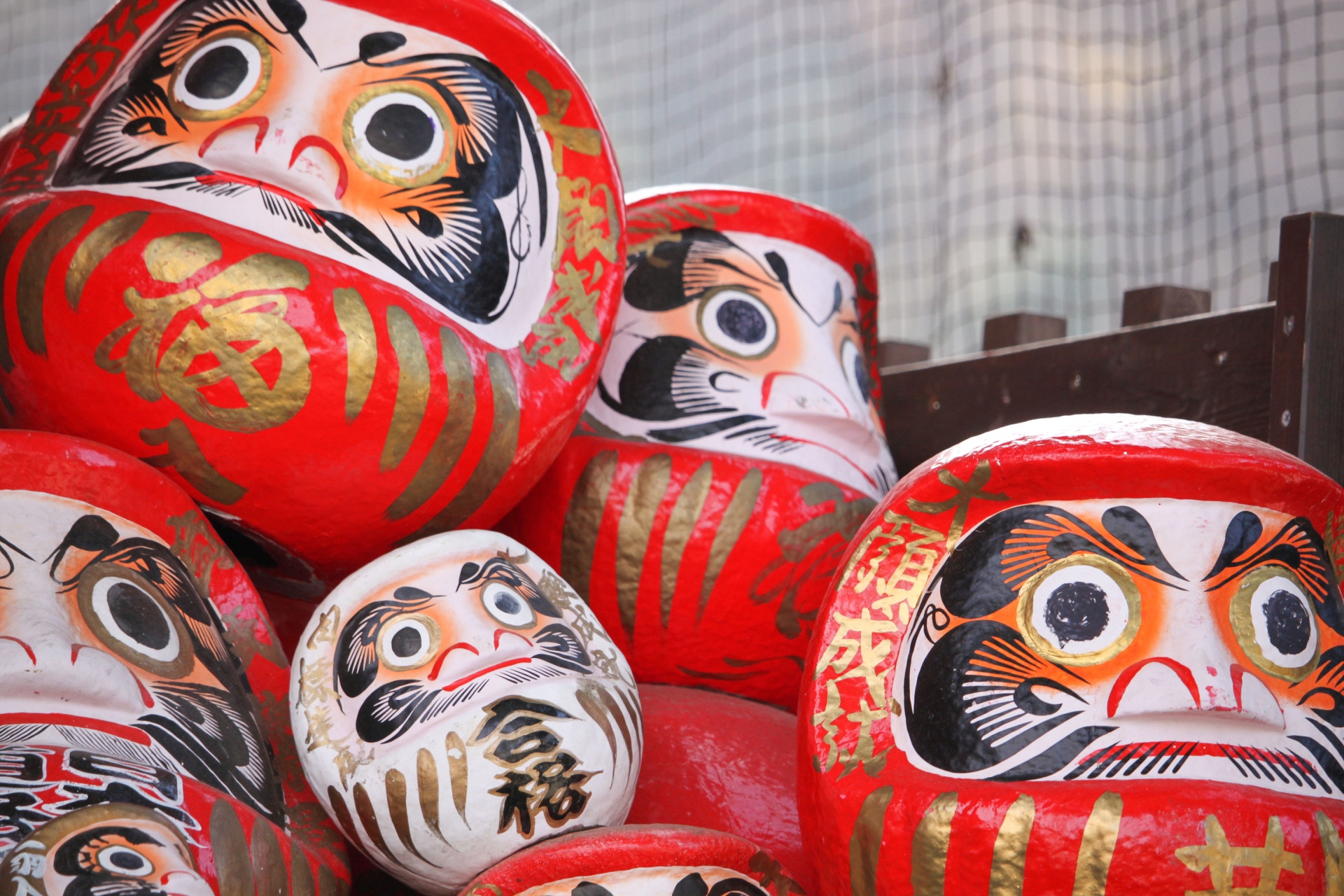
Miho Shimizu is a Japanese freelance writer settled in Shizuoka with her husband and two rabbits. Fascinated with traveling at the age of 18, she has spent most of her long holidays exploring incredible spots around Japan. She also loves to listen to music, draw, and read novels over a cup of green tea.
This post may contain some affiliate links. When you click through and make a purchase we may receive some commission, at no extra cost to you.
Have you ever come across round-shaped red dolls at Japanese souvenir shops? They are called “Daruma” and have been a big part of Japanese culture since ancient times. They are a symbol of good fortune and perseverance in Japanese society, and Japanese people find spiritual meanings in these auspicious dolls.
How and where daruma dolls were originally born? What is their meaning, and how do Japanese people traditionally use them? Here, we will provide you the clear answers to all these questions about daruma dolls in Japan!
1. What are Daruma?
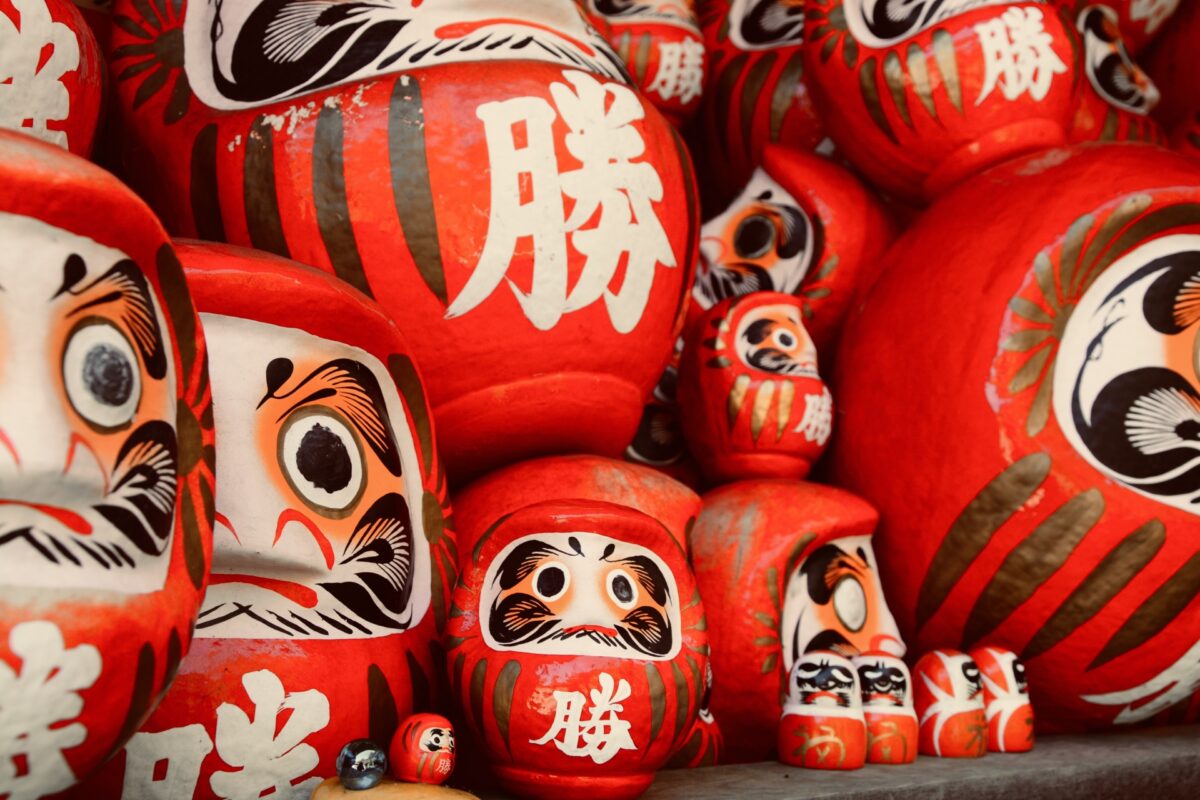
Daruma are traditional Japanese dolls that have been worshiped as a symbol of good fortune, success, and perseverance for centuries in Japan. Traditionally, daruma dolls are made of paper, typically painted in red, and have no arms or legs. The body has a round shape, and both of the eyes remain blank when you purchase them. Daruma dolls are typically found at souvenir shops or stalls at traditional festivals held at Buddhist temples across Japan.
Daruma dolls come in a variety of sizes, and many international tourists find them perfect as memorable souvenirs to take home. However, if you don’t really know the history and meanings of daruma dolls, you will never understand why this iconic doll has been a big part of Japanese culture for a long period of time.
2. History of Daruma
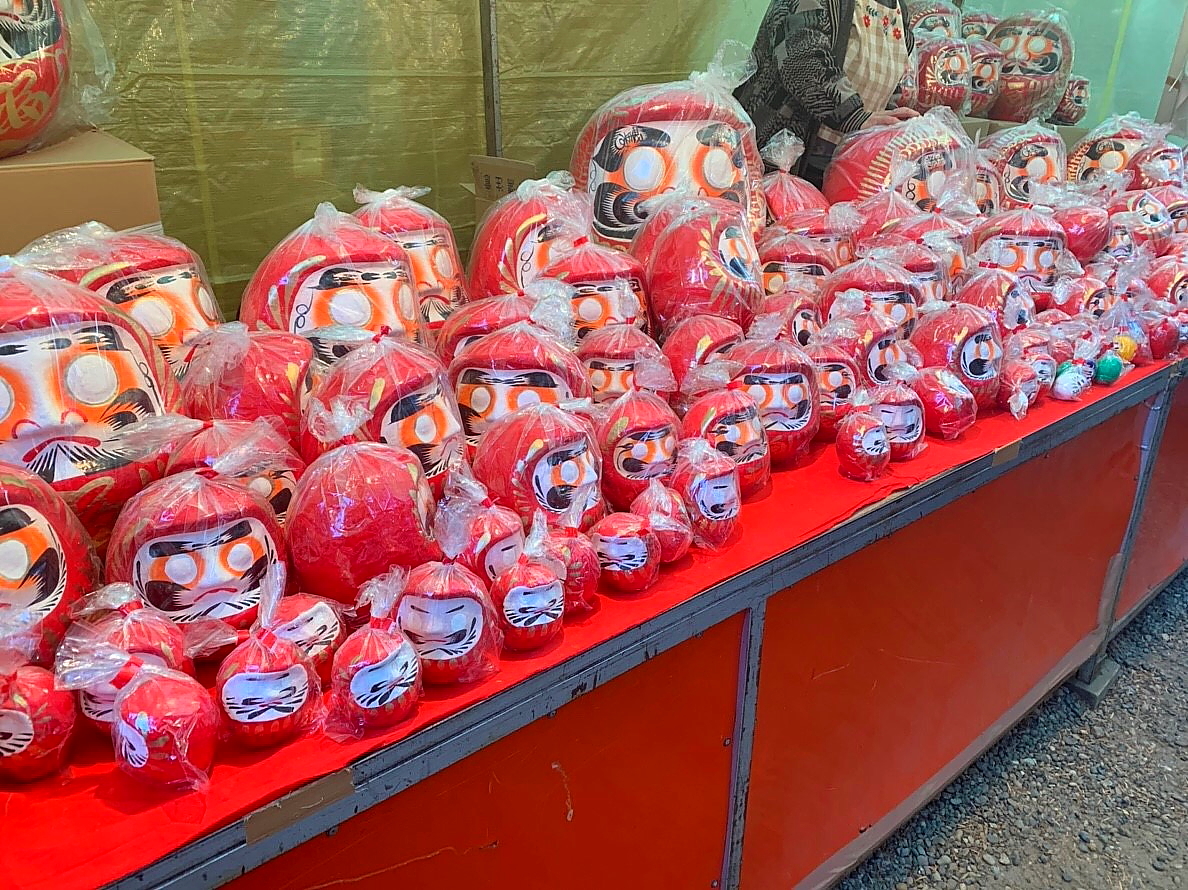
Daruma are modeled after an ancient Buddhist monk called Bodhidharma, who is believed to be the founder of Zen Buddhism and lived back in the 5th century. Originally born and raised in India, he introduced the teachings of Zen Buddhism to China. According to legend, he spent nine straight years meditating against a wall in a sitting position. As a result, he, unfortunately, lost his limbs in exchange for reaching enlightenment after years of hard training. The round shape of daruma dolls with no legs and arms represents his impaired body.
It is believed during the Edo Period (1603 – 1868) that daruma dolls became popular among ordinary people in Japan as a symbol of good fortune. Daruma dolls started to be produced around Japan, with some particular regions such as Takasaki city in Gunma prefecture, which is well known for its daruma doll production. The red color of the Daruma doll is said to have two origins. One of them comes from the legend that Bodhidharma used to wear a red robe. Some people also associate the red color with fire, blood, and the sun, which are all believed to ward off evil spirits.
3. Meanings of Daruma Dolls
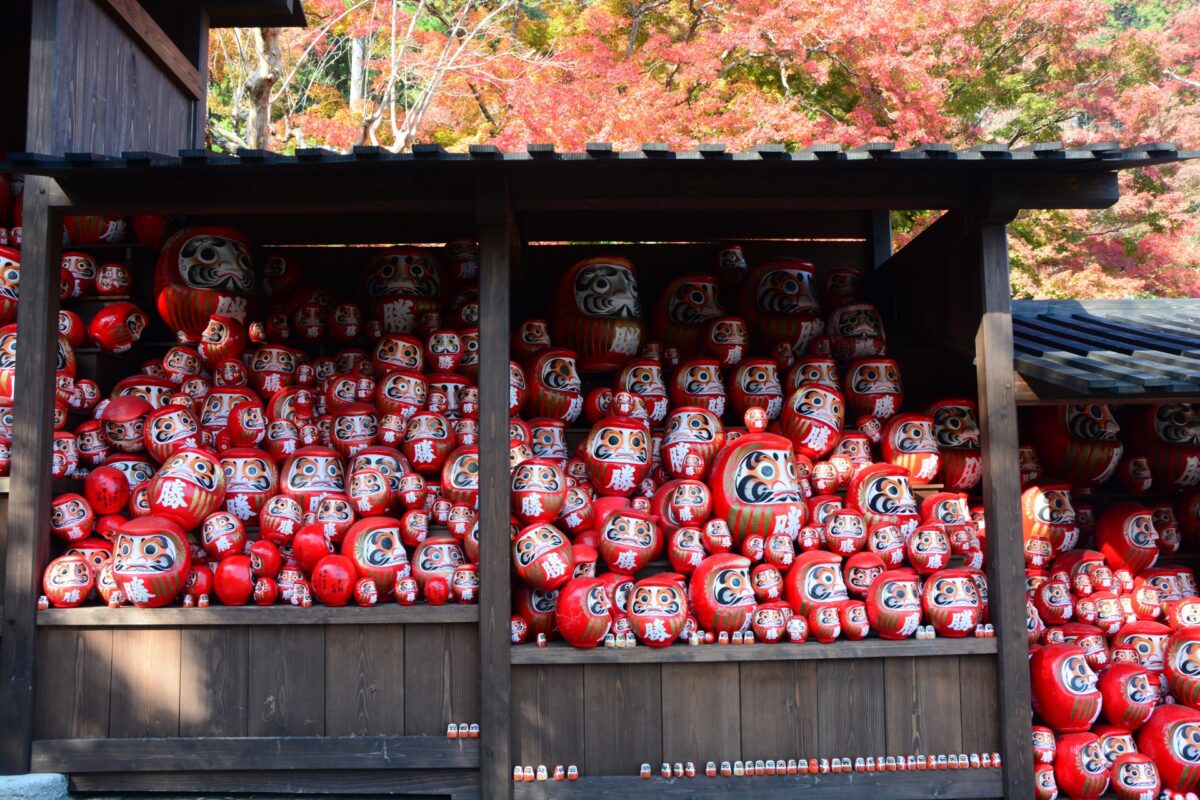
As you can imagine from the unique round shape, daruma dolls are designed to keep their upright position at any time. This is because they are weighted at the bottom, so no matter how many times you try to knock them over, they always bounce right back and return to the same posture. This feature of Daruma dolls embodies the mental strength, patience, and perseverance that are considered essential to achieving goals in one’s life.
While some people enjoy them as a cultural ornament that is perfect for displaying at home, the daruma dolls play a role in reminding us of the importance of never giving up on accomplishing dreams or goals in our lives!
4. How to Use Daruma Dolls
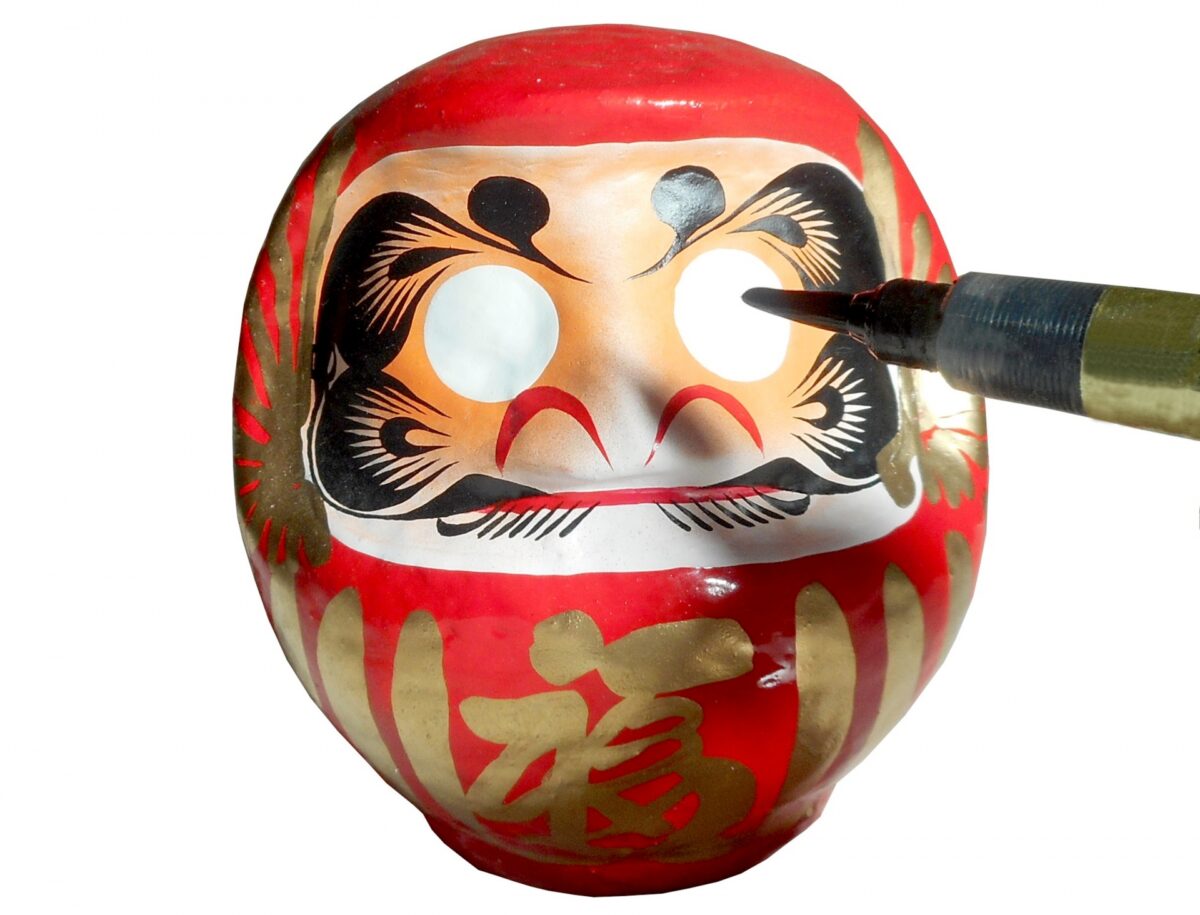
Traditionally, Japanese people buy and use daruma dolls when they want to set goals and accomplish them. Following these simple steps below will help you reach your goals with the support of this auspicious amulet!
Step1: Purchase a daruma doll
As we mentioned above, daruma dolls are easily found at souvenir shops, festivals, or Buddhist temples around Japan. If you find your favorite one during your travel to Japan, get and place it somewhere in your room where you can see it frequently, such as on a shelf or table.
Step 2: Make a wish and paint either of the eyes.
Daruma dolls have unpainted eyes when they are sold at shops. After purchasing them, you need to paint one of their eyes in black when you make a wish. There are no particular rules, but it is more common to start with their left eye and leave the right eye unpainted. Don’t fill in both of the eyes until you achieve your goals or your wish comes true!
Step 3: Final step! Once you have reached your goals, complete the other eye.
Once you have accomplished your goals or fulfilled your wish, it is time to finally paint the other unfinished eye! After that, you can keep it at home or return it to the temple where you purchased it. Many Buddhist temples collect used daruma dolls and burn them in a proper way.
5. Daruma in Modern Japanese Culture
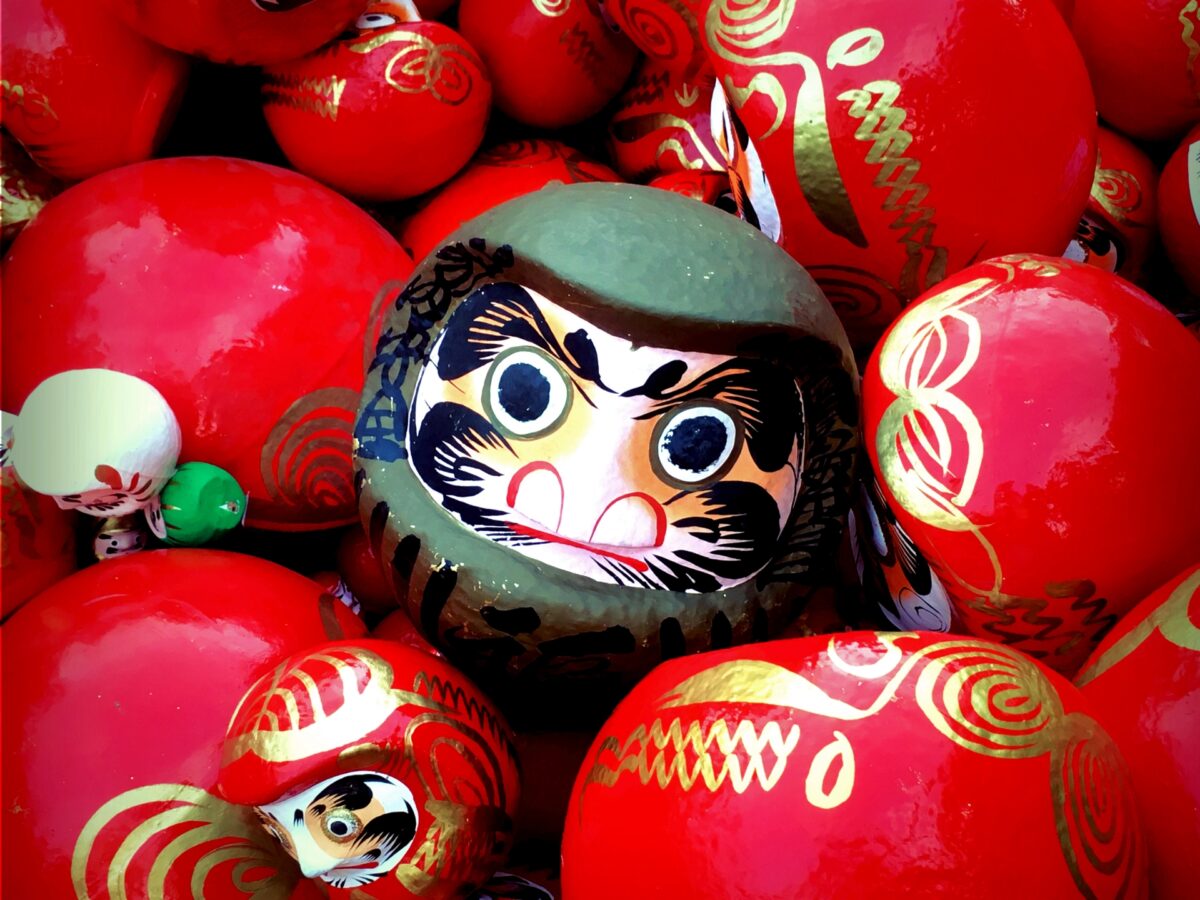
There are unique festivals and events, as well as Daruma spots across Japan that are deeply associated with Daruma dolls. The most popular ones include Daruma Doll Fair at Jindai-ji Temple, Tokyo, and Shorinzan Darumaji Temple in Takasaki city, Gunma prefecture. Kitain is a Buddhist temple in Saitama prefecture that is famous for the Daruma festival, which is annually held on January 3rd.
Many Japanese people buy daruma dolls as a good luck charm that protects them from troubles and accidents. At restaurants, shops, or traditional Japanese Ryokan, you will occasionally happen to see daruma dolls displayed at the entrance as a symbolic figurine that is believed to bring good luck with money. These daruma dolls are sometimes painted yellow or gold which represents the color of money and wealth.
If you love Japanese pop culture such as amine and comic books, you might have probably come across unique characters which are designed based on daruma dolls. One example is “Kashira”(means heads in Japanese), weird three green heads which appear in a world-famous Ghibli film known as “Spirited away”!
Daruma dolls are easily found at many types of shops across Japan, typically reasonably priced, so people hardly find special meanings or value in them. However, what we shouldn’t forget is the fact that daruma dolls produced in specific regions are crafted by professional artisans who have strong passions for their work. They have preserved traditional techniques for centuries, making this beautiful handicraft even more special and meaningful in Japanese society.
Japan Wonder Travel Tours in Kyoto
When you are visiting Kyoto and you need some help organizing your trip, you came to the right place. We’re happy to help you make your trip to Kyoto the best trip ever. We can advise you on where to go or even better, show you around with a local, English speaking guide. Let us help you create safe, comfortable, and unforgettable memories in Kyoto!
▶Kyoto 8h Private Custom Highlight Tour with Licensed Guide
On this full-day private tour of Kyoto, you will be able to see the highlights of Kyoto in just one day and at the same time develop a deeper understanding of both the culture of the area and Japan as a whole.
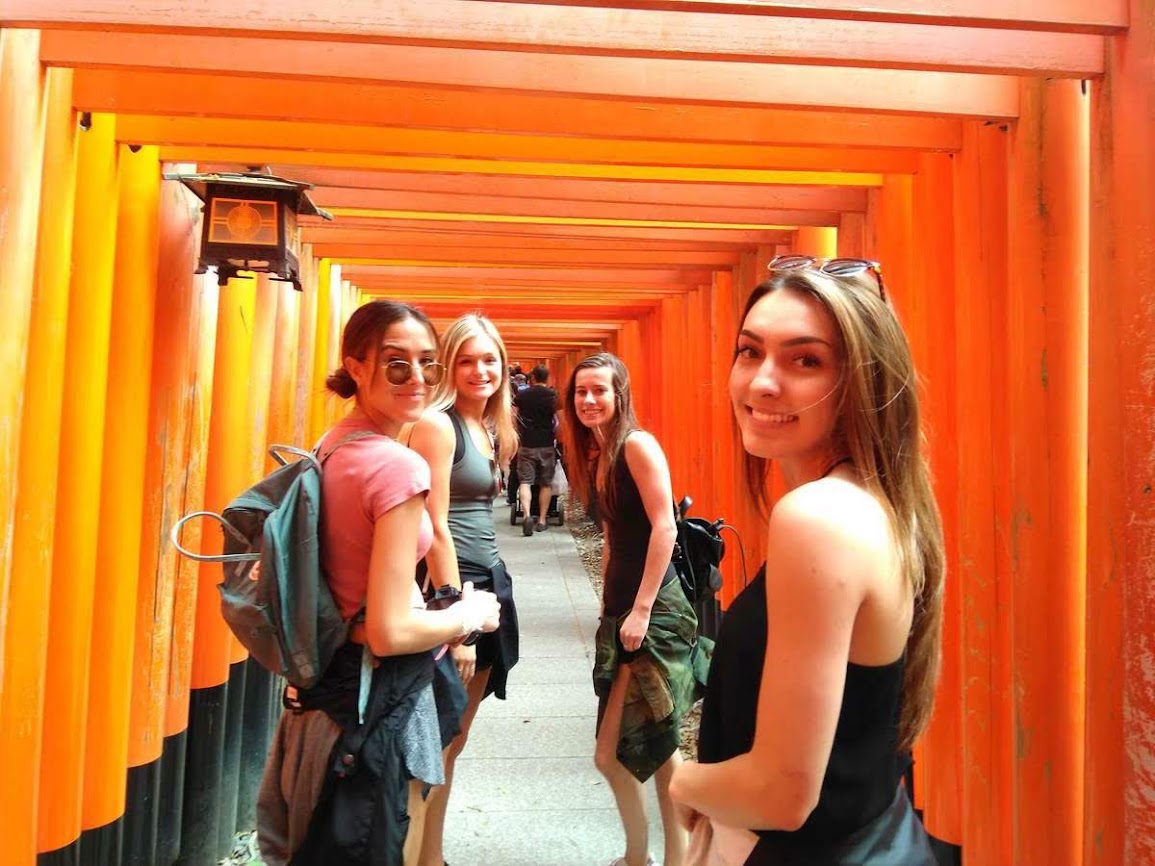
▶Meet a Geisha in Kyoto: Guided Walk in Gion and Enchanted Time with Maiko
Meet a Maiko, a geisha in Kyoto, and enjoy a walking tour in Gion, the geisha district. See an authentic Japanese tradition unfold before your eyes that has existed for hundreds of years. You’ll have chance to take a photo with Geisha!

▶Explore Nishiki Market: Food & Culture Walk
If you’re looking to learn more about the culture and the local cuisine of Kyoto, this is the perfect tour for you! Take part in this Kyoto food and drink tour and explore the 400-year-old market and the famous surrounding areas.
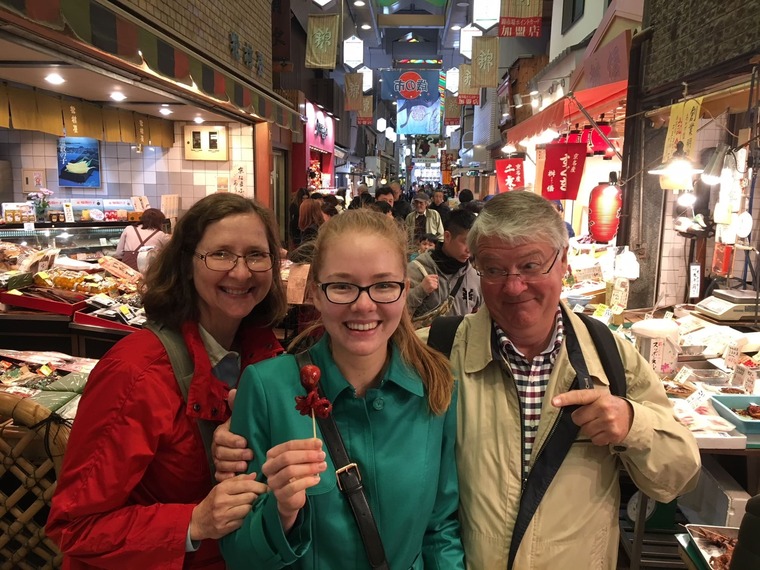
▶Kimono Experience
Kyoto is the best city to explore in kimono, Japanese traditional clothing. You can choose the one you like the most from several patterns and colors at the rental shop. In Kyoto, two locations are both accessible from the main tourist attractions which makes it easy to try it on and explore the city for a day!
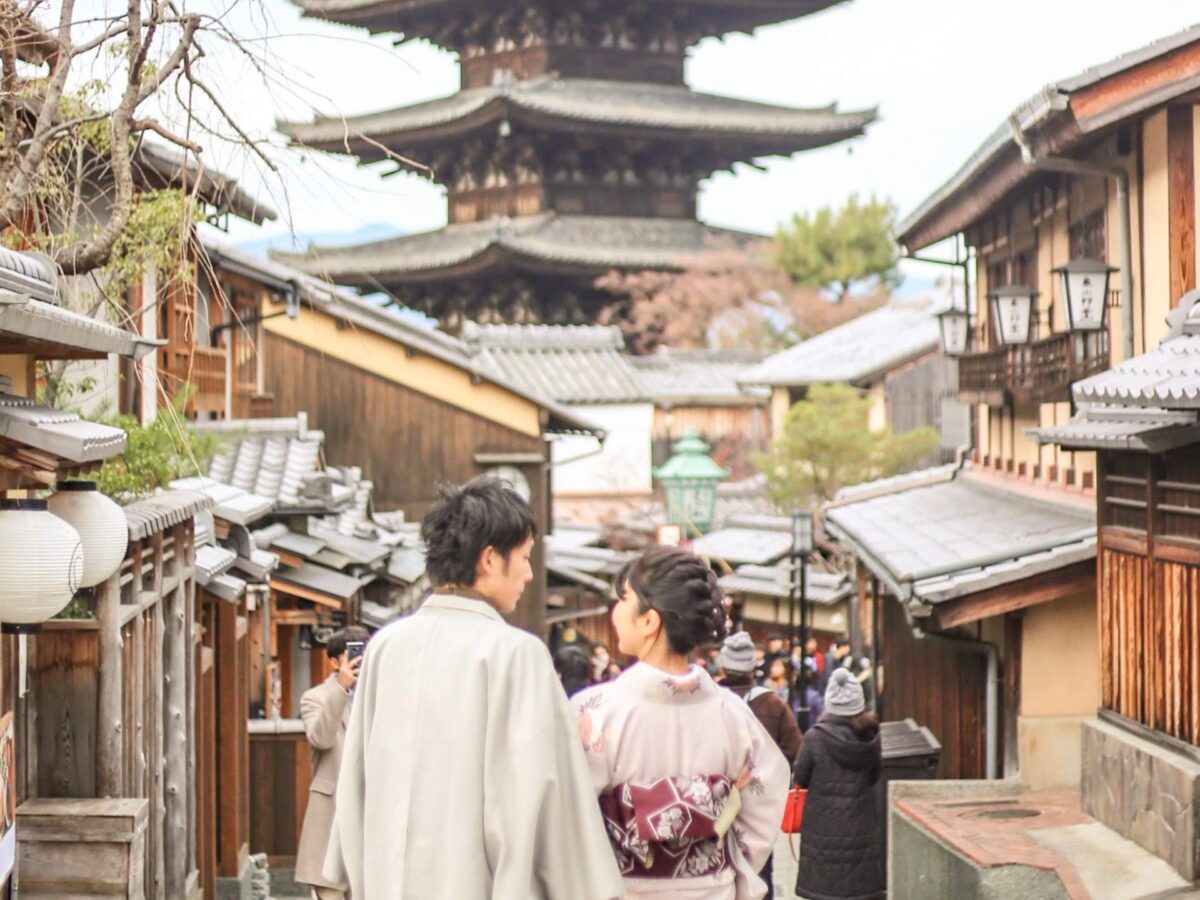
Follow us on Instagram, Facebook, Twitter, and TikTok for more travel inspiration. Or tag us to get featured!
Happy traveling!
